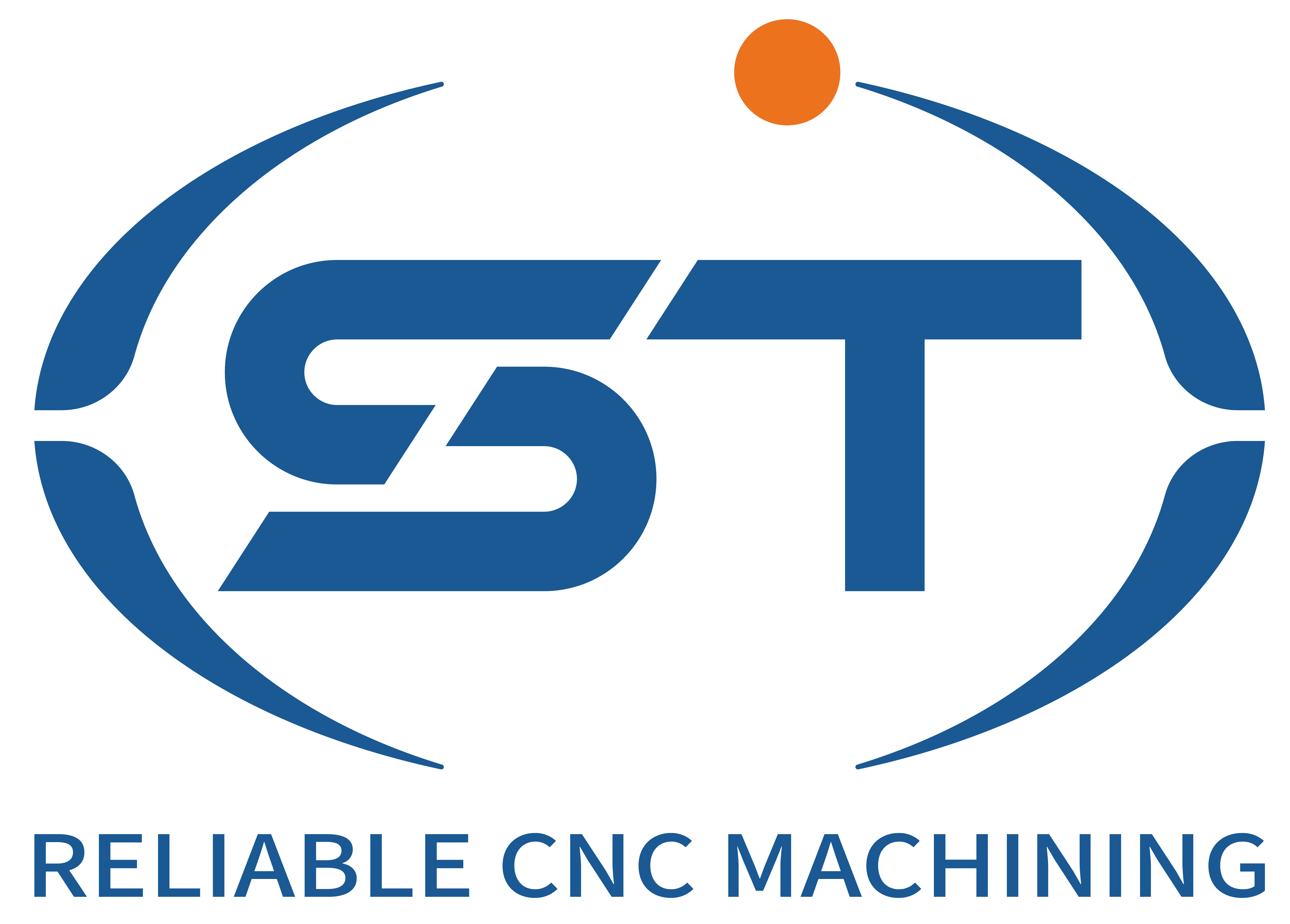Table of Contents
ToggleIntroduction to CNC Machining and Corner Radii
Lavorazione CNC, or Computer Numerical Control machining, represents a significant leap forward in modern manufacturing processes. Utilizing computerized controls to operate machinery, CNC machining allows for the production of complex parts with precision and efficiency. This technology has transformed various industries, enabling manufacturers to create parts that meet stringent specifications while reducing operational costs. Without a doubt, CNC machining ensures a high degree of automation, resulting in reduced human error and increased productivity.
Within the realm of CNC machining, the design elements of components play a pivotal role in determining both the quality of the finished product and the overall manufacturing costs. One such critical component is the corner radii design. Corner radii refer to the rounded edges of a part, as opposed to sharp corners. Incorporating appropriate corner radii in designs has been shown to enhance machinability and significantly influence the efficiency of the machining process. When parts feature excessive sharp corners, they can introduce stress concentrations that may lead to machining difficulties, diminished integrity, and even increased wear on the cutting tools.
Furthermore, effective corner radii design can facilitate smoother machining operations, leading to reduced cycle times and improved product quality. Properly designed corner radii can also extend the lifespan of tooling equipment, thereby minimizing maintenance costs and downtime. This aspect becomes especially crucial in high-volume production settings where every second of machining counts. As we delve into the topic of maximizing cost savings, it is evident that corner radii design is not merely an aesthetic choice but rather a strategic decision that can significantly impact the financial soct of CNC machining operations. Understanding and implementing optimal corner radii can lead to substantial savings, and set the stage for efficient manufacturing practices that contribute to a competitive edge in the market.
Understanding Corner Radii: What They Are and Why They Matter
In the realm of CNC machining, the term “corner radii” refers to the rounded edges at the corners of a machined part. These radii are crucial design elements that play a significant role in both the aesthetic and functional properties of the manufactured components. Unlike sharp corners, which can be prone to stress concentration and subsequent failure, appropriately designed corner radii distribute stress more evenly, enhancing the overall strength and durability of the part.
The importance of incorporating proper corner radii into CNC designs cannot be overstated. Firstly, they positively influence the machining process itself. Sharp corners can complicate toolpath planning and increase machining time, which, in turn, escalates production costs. By integrating corner radii into a design, manufacturers can reduce tool wear and avoid potential machine damage, ultimately leading to higher efficiency during machining operations.
Moreover, corner radii also bear significant implications for the post-machining processes. Applications involving welding, bending, or assembly often demand radius dimensions to ensure proper fitting and integrity of connections. Additionally, components featuring rounded corners are less susceptible to corrosion and wear, extending their lifespan and thereby providing long-term cost savings. Maintenance costs can also decrease, as less frequent repairs and replacements may be necessary.
In terms of material considerations, corner radii can help mitigate issues related to material characteristics. For instance, in tougher materials, rounded edges can prevent cracking during stress application. The skilled design of these elements enhances the manufacturability of components, which is a pivotal aspect in precision engineering. Altogether, understanding the significance of corner radii is vital for optimizing CNC machining processes, ensuring that the intended cost savings and efficiency improvements are achieved in production. Overall, the integration of corner radii into the design theory enhances both functionality and manufacturability, making it an essential consideration in CNC machining.
The Benefits of Rounded Corners in Machining
Rounded corners in CNC machining represent a design choice that yields significant advantages, particularly in terms of efficiency and cost savings. One of the primary benefits associated with rounded corners is the reduction in machining time. By employing curves instead of sharp edges, the cutting tools can move more fluidly, thereby minimizing the time spent on each machined part. This enhanced efficiency can lead to a faster production cycle, allowing manufacturers to increase output and meet tight deadlines without compromising on quality.
Moreover, the implementation of rounded corners contributes to lower tool wear. Sharp corners demand greater force and can result in rapid degradation of cutting tools, necessitating frequent replacements. In contrast, rounded designs facilitate smoother cuts, thereby prolonging the lifespan of the machinery involved. This aspect not only helps in reducing material costs associated with worn-out tools but also minimizes downtime related to tool changes and maintenance.
Additionally, simplified setups are another benefit of incorporating rounded corners in design. Rounded features often require fewer tool changes and setup adjustments, streamlining the overall CNC machining process. This simplification enhances the machinist’s workflow and allows for greater focus on other critical aspects of production, further driving operational efficiency.
In terms of overall cost savings, the combination of reduced machining time, lower tool wear, and simpler setups can lead to a notable decrease in manufacturing expenses. Collectively, these advantages underscore the importance of proper corner radii design in CNC machining as a strategic approach to maximizing cost savings while maintaining high-quality production standards.
Optimal Radius-to-Depth Ratio: The 1:4 Guideline
In the realm of CNC machining, one crucial aspect that directly influences both the precision and cost-effectiveness of manufacturing processes is the radius-to-depth ratio of internal corners. Establishing an optimal radius-to-depth ratio, particularly a guideline of 1:4, is essential for achieving superior machinability while minimizing expenses. This guideline suggests that for every unit of radius, the depth should ideally comprise four units, creating a harmonic relationship that facilitates smoother machining operations.
Maintaining this 1:4 ratio has several benefits, particularly concerning tool life and machining speeds. When the radius is proportionate to the depth, it reduces excessive stress on cutting tools, thereby extending their lifespan. A larger radius minimizes sharp angles, which can lead to tool wear and increased risk of breakage. Consequently, incorporating well-designed corner radii within this ratio not only promotes efficient cutting but also enhances the overall output quality of the machined components.
Furthermore, adhering to the 1:4 guideline can lead to significant reductions in manufacturing costs. By ensuring that the design specifications align with this ratio, companies can reduce machining times and material wastage, contributing to a more economical production cycle. The ability to achieve finer tolerances without the need for extensive finishing processes is another advantage. Proper radii allow for a smoother flow of the machining process, which reduces the likelihood of defects. This precision not only aids in producing higher-quality products but also aligns with industry standards, ensuring that end products meet customer expectations.
In conclusion, implementing the optimal radius-to-depth ratio of 1:4 in CNC machining can enhance machinability and reduce costs significantly, promoting an overall efficient manufacturing environment. This guideline should be a primary consideration for engineers and designers aiming to maximize cost savings while achieving precision in machined parts.
Avoiding Sharp Corners: Cost Implications
In the realm of CNC machining, the design of a component plays a pivotal role in determining the overall manufacturing cost and efficiency. One significant design consideration is the inclusion of sharp corners. While sharp corners may seem appealing for aesthetic reasons, they bring about a variety of drawbacks that can considerably increase production costs.
First and foremost, sharp corners tend to accelerate tool wear. The abrupt change in direction at these corners places excessive stress on cutting tools, leading to quicker degradation. As tools wear down more rapidly, manufacturers may face the necessity of more frequent tool replacements. This not only adds to direct material costs but also necessitates additional downtime for tool changes, further extending machining lead times and affecting overall productivity.
Moreover, the machining process for sharp corners typically requires more time compared to rounded edges. The tools used must navigate these corners carefully to avoid damaging both the tools and the workpiece. This careful maneuvering often results in extended machining hours, which can inflate labor costs and reduce the competitiveness of the final product. Consequently, fabricators may find themselves caught in a cycle of increased expenses, as longer machining times lead to higher effective hourly rates.
Additionally, the intricacy of working with sharp corners may result in a higher probability of errors and defects during machining. Such imperfections can lead to rejected parts or the need for costly rework, compounding the financial implications of poor corner design. Implementing proper corner radii can alleviate these issues, streamlining the manufacturing process while simultaneously reducing both tool wear and machining time, ultimately leading to lower overall costs.
Choosing the Right End Mills: The Role of Corner Radii
In CNC machining, the selection of appropriate end mills is critical to achieving optimal results, and one key consideration is the design of corner radii. Corner radii influence not only the geometry of the machined part but also the efficiency and productivity of the machining process. By opting for rounded corners, manufacturers can utilize larger end mills, which can significantly enhance the performance of CNC machines.
A larger end mill, associated with rounded corners, provides several advantages. Firstly, it increases the contact area during cutting, leading to improved material removal rates. This capability allows for faster machining cycles, ultimately resulting in reduced production time and cost. Additionally, larger end mills are typically more robust, which enhances tool life and reduces the frequency of tool changes. This is particularly beneficial in high-volume production settings where downtime associated with tool replacement can be costly.
Moreover, employing larger corner radii can improve the flow of cutting fluids and chips. This optimized flow contributes to better cooling and lubrication during machining, which is vital for maintaining tool integrity and minimizing wear. By facilitating effective chip removal and reducing the risk of tool breakage, manufacturers can ensure consistent quality and precision in their finished products. Furthermore, the ability to use larger end mills enables the creation of a more significant surface area, which can lead to finer surface finishes, enhancing the overall aesthetic quality of the machined components.
In conclusion, the relationship between corner radii and end mill selection is pivotal in CNC machining. By choosing the right corner radii, manufacturers can utilize larger end mills, resulting in improved efficiency, productivity, and part quality. This strategic choice ultimately contributes to maximizing cost savings and enhancing the performance of CNC machining operations.
Real-World Examples: Cost Savings through Radii Design
In the ever-evolving field of CNC machining, the implementation of proper corner radii design has emerged as a crucial factor influencing both product quality and manufacturing costs. Numerous companies have demonstrated success in applying these design principles, resulting in significant cost savings and operational efficiency.
One notable example is a leading automotive parts manufacturer that transitioned to optimized corner radii in their machining processes. Previously, their components featured sharp corners, which led to high tool wear rates and frequent replacements. By redesigning the parts to include a well-defined corner radius, they reduced tool wear significantly. This change not only extended the lifespan of their cutting tools but also minimized downtime associated with tool changes. As a result, the company reported a 15% reduction in machining costs, leading to annual savings of approximately $100,000.
Similarly, a prominent aerospace component producer leveraged corner radii design modifications to achieve cost efficiencies in their manufacturing operations. Initially, they faced challenges with structural integrity and surface finish quality when machining complex geometries. By incorporating larger radii in their designs, they enhanced the strength of the components while also improving the overall surface finish. This method reduced the need for extensive post-processing and defect rectification, translating to a 20% reduction in rework costs, which equated to savings of over $150,000 annually.
In the electronics sector, a company specialized in manufacturing precision circuit boards adopted corner radii adjustments to enhance the durability of their products. The previous designs, characterized by sharp corners, often led to the damage of traces during machining. The implementation of rounded corners mitigated this issue, ensuring better yield rates and lower scrap costs. This strategic redesign contributed to an overall cost reduction of 18%, enhancing profitability and fostering competitive advantage in a demanding market.
These real-world examples illustrate that incorporating proper corner radii design not only optimizes machining processes but also results in substantial cost savings. By assessing and refining design parameters, companies can enhance efficiency while maintaining product quality, ultimately leading to heightened organizational performance.
Tips for Implementing Effective Corner Radii in Your Designs
Incorporating effective corner radii into CNC machining designs is essential for both structural integrity and cost efficiency. Proper corner radii can enhance the performance of machined parts, reduce wear on tooling, and streamline the manufacturing process. Here are actionable strategies to consider when designing corner radii.
Firstly, assess the functional requirements of your component. The corner radii should not only meet aesthetic demands but also ensure the strength and durability of the part. It may be beneficial to refer to stress analysis and load distribution studies to determine optimal radii that will withstand operational conditions. Utilizing simulation software can aid in visualizing how different corner radii will perform under various loads.
Next, consider the capabilities of your CNC machining equipment. Not all machines can produce every radius effectively. Understanding the limits of your machinery will help in selecting radii that are not only efficient to produce but can also maintain the required precision. Setting tolerances that are achievable with your equipment will reduce scrap rates and mitigate unexpected costs.
Moreover, it is crucial to adhere to design guidelines in applicable industry standards. Many sectors dictate specific corner radius dimensions depending on the material and application. Reviewing these standards can prevent costly revisions during production due to non-compliance. Similarly, avoid common pitfalls such as neglecting the impact of corner radii on part assembly. Rounded corners might make it easier to fit components together, thus saving time and minimizing assembly errors.
Finally, ongoing communication with your CNC machining provider is vital. Discussing design intents and manufacturing processes will foster a collaborative environment that can yield better insights into optimizing corner radii. By integrating these tips into your design process, you can achieve more efficient, cost-effective results that align with your project goals.
Conclusion
In reviewing the critical elements of corner radii design within CNC machining, it becomes apparent that this seemingly minor detail can significantly impact both cost savings and overall production efficiency. As detailed earlier, the proper selection of corner radii not only improves the integrity of machined parts but also reduces wear on tooling. This leads to fewer tool changes and, consequently, lower operational costs over time.
Furthermore, implementing optimized corner radii can lead to benefits such as enhanced flow characteristics in fluid applications and greater tolerance capabilities in assembled components. These advantages contribute to a more streamlined manufacturing process, which amplifies productivity while simultaneously decreasing waste. This pivotal approach creates a win-win situation for manufacturers, effectively ensuring high-quality output and a lower cost per part.
Notably, the trend toward automation and advanced CNC technology accentuates the importance of corner radii design in achieving maximum efficiency. As machines become capable of more intricate designs and faster processing, aligning design specifications with these advancements paves the way for innovation in production methods. Hence, manufacturers who recognize the vital role of corner radii in their designs are better positioned to capitalize on these technological advancements.
Ultimately, the strategic consideration of corner radii in the design phase serves not just to meet aesthetic criteria or structural requirements but acts as a fundamental component in cost-effective machining practices. By prioritizing this aspect of CNC machined products, firms can enhance their competitive edge through improved cost efficiency, setting the stage for sustained growth and profitability in an ever-evolving industry landscape.




